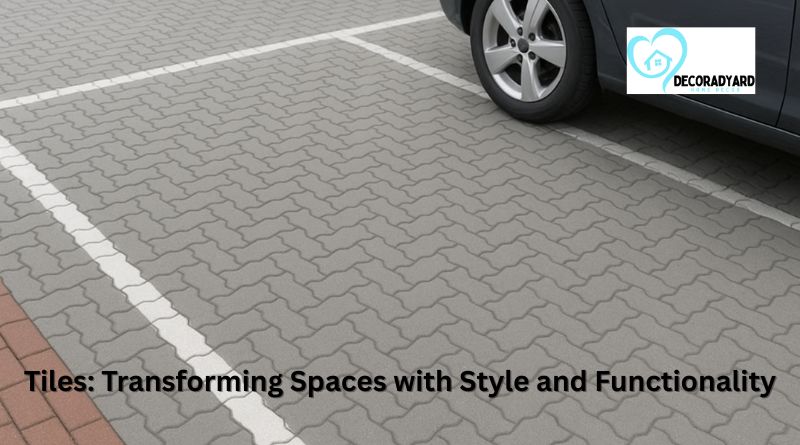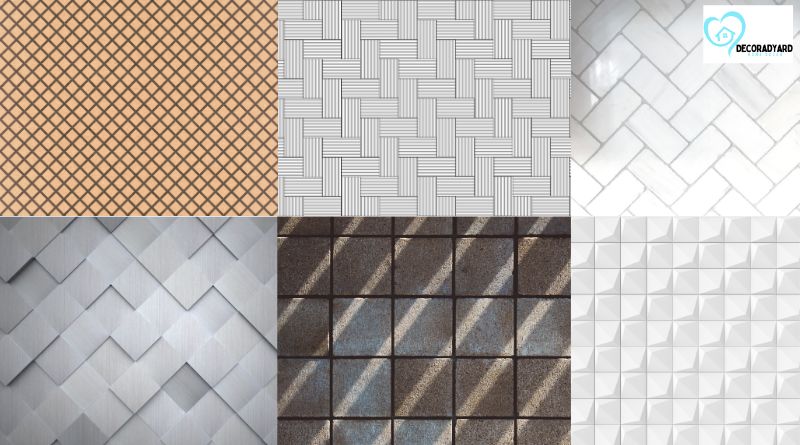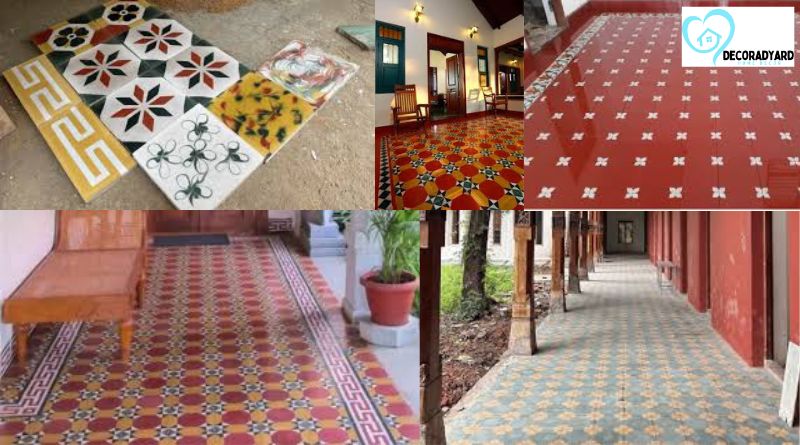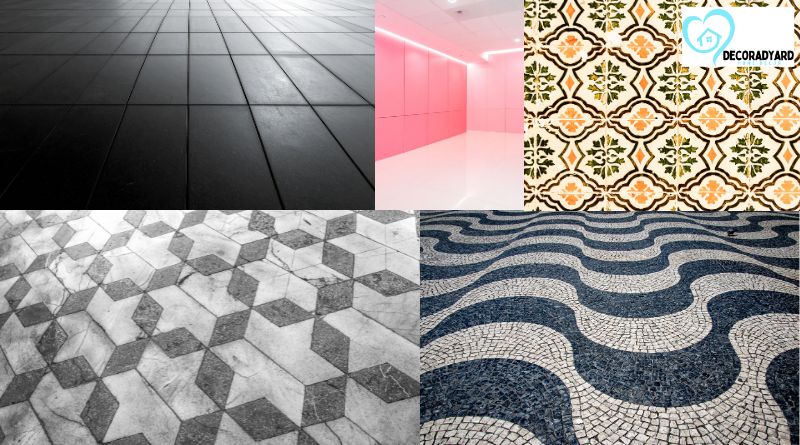Tiles have long been a preferred choice for both residential and commercial spaces due to their durability, aesthetic appeal, and versatility. From enhancing the elegance of a living room to providing a practical solution for parking areas, tiles offer unmatched value. In this article, we explore the various types of tiles, their designs, and how they can redefine spaces with style and functionality.
Parking Tiles: Combining Durability with Practicality

Parking tiles are specifically designed to withstand heavy loads and high traffic while maintaining aesthetic appeal. Unlike standard tiles, these are made from robust materials such as concrete, ceramic, or natural stone to endure the constant pressure from vehicles.
One of the main advantages of parking tiles is their durability. They resist cracks, weather conditions, and chemical spills, making them ideal for outdoor use. Additionally, many parking tiles come in interlocking designs, which not only enhances stability but also makes maintenance easier. Interlocking tiles can be replaced individually if damaged, saving costs compared to redoing an entire parking surface.
Read also: Home Decor
From a design perspective, parking tiles can transform a mundane parking area into a visually appealing space. Patterns, colors, and textures can be customized to match the architectural style of the property. For example, combining grey concrete tiles with vibrant pavers can create a modern yet functional parking area.
Tiles Design: Blending Art with Functionality

Tiles design is not just about aesthetics—it’s about creating a cohesive and functional environment. Modern tiles come in a variety of textures, finishes, and patterns, allowing homeowners and designers to experiment freely.
For indoor spaces, glossy or polished tiles reflect light and make rooms appear more spacious. In contrast, matte or textured tiles provide better grip, making them ideal for areas prone to moisture, such as bathrooms or kitchens. The choice of tile design can significantly influence the mood and style of a room.
Additionally, innovative tiles designs now incorporate patterns inspired by nature, geometric motifs, and even custom prints. Digital printing technology has revolutionized tiles design, allowing for realistic stone or wood looks without the high maintenance cost associated with natural materials.
Athangudi Tiles: Heritage Meets Modern Aesthetics

Athangudi tiles are a remarkable example of traditional craftsmanship meeting modern design needs. Originating from Athangudi, a village in Tamil Nadu, India, these tiles are handmade using natural ingredients such as cement, sand, and synthetic oxides for coloring.
What sets Athangudi tiles apart is their vibrant colors and intricate patterns. Each tile is carefully hand-pressed and sun-dried, giving it a unique charm that machine-made tiles cannot replicate. These tiles are highly durable and ideal for both indoor and outdoor use.
Today, Athangudi tiles are increasingly popular in luxury homes, hotels, and boutique restaurants. Their versatility allows them to be used for flooring, wall cladding, and even decorative tabletops. The timeless appeal of Athangudi tiles ensures that they complement both traditional and contemporary interiors, making them a favorite among designers worldwide.
Floor Tiles Design: Enhancing Every Step

Floor tiles design is crucial because floors cover large surface areas and significantly impact the overall aesthetic of a space. Selecting the right floor tiles design can make a room feel more inviting, spacious, or luxurious.
Popular materials for floor tiles include ceramic, porcelain, natural stone, and vitrified tiles. Each material offers unique benefits:
Ceramic tiles are budget-friendly, easy to maintain, and available in various colors and patterns.
Porcelain tiles are dense, durable, and water-resistant, making them suitable for high-traffic areas.
Natural stone tiles such as marble, granite, or slate bring an earthy, elegant appeal to floors.
Vitrified tiles combine strength and low porosity, making them perfect for both residential and commercial spaces.
When it comes to design, floor tiles can be laid in multiple patterns such as herringbone, chevron, or checkerboard, adding character to any room. Additionally, combining different textures and colors can create a visually dynamic effect.
Beyond aesthetics, modern floor tiles are designed with functionality in mind. Anti-slip finishes, heat resistance, and ease of cleaning are now integral parts of floor tiles design, ensuring that beauty does not come at the cost of practicality.
Conclusion
Tiles are no longer just functional elements—they are a statement of style and craftsmanship. Whether it’s parking tiles that endure heavy traffic, floor tiles design that elevates interior aesthetics, or Athangudi tiles that showcase cultural heritage, the right choice of tiles can transform any space.
As design trends continue to evolve, the versatility of tiles ensures that they remain a top choice for both architects and homeowners. From practical solutions for parking areas to artistic expressions in living spaces, tiles combine durability, elegance, and innovation in one seamless package. Investing in quality tiles and thoughtful designs can significantly enhance the beauty, functionality, and value of your property.


